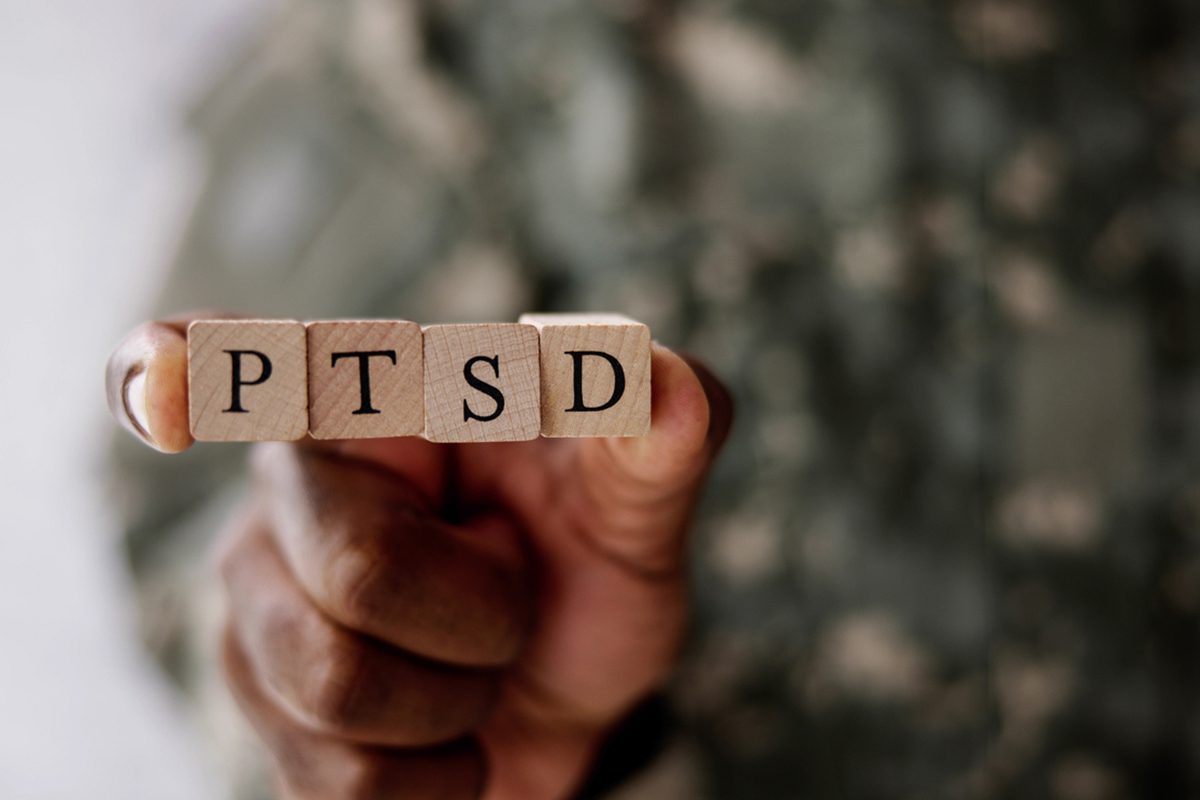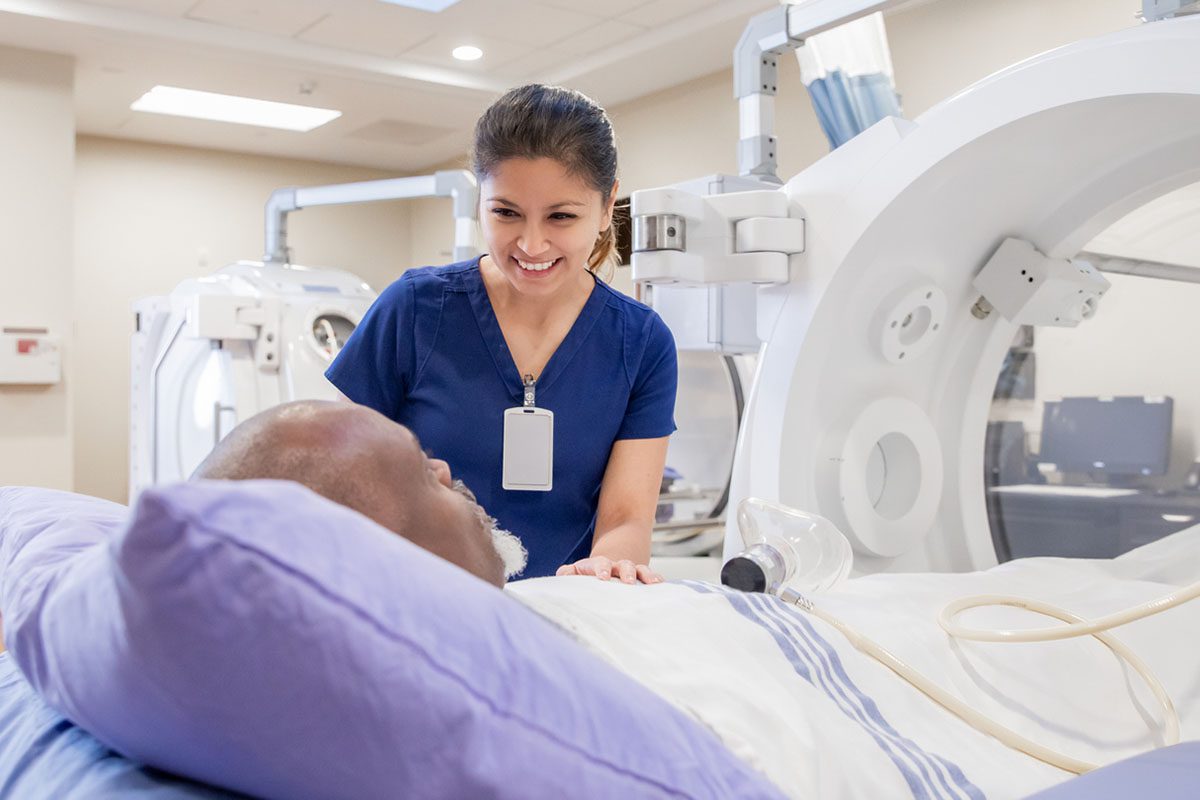Background: Investigating the use of mental health services by combat veterans can help illuminate utilization and unmet needs of this population. The aims of this study were to estimate the use of mental health services and to examine how such use is associated with self-reported symptoms of posttraumatic stress disorder (PTSD) in soldiers before and after deployment to Afghanistan.
Methods: Prospectively, 703 Danish soldiers who deployed from January 2009 to August 2009 were followed up with 6 assessments from predeployment to 2.5 years postdeployment in 2012. At assessments, the soldiers responded to a comprehensive questionnaire including a measure of PTSD symptoms (the PTSD Checklist-Civilian version). These self-reported data were combined with individual-level records of receiving psychotherapy from the Military Psychological Division at the Danish Defense and psychiatric treatment from the Danish registers.
Results: The prevalence of PTSD symptoms increased over time, and almost 10% of the sample reported high levels of PTSD symptoms 2.5 years postdeployment. Overall, 37% of the soldiers utilized mental health services; 6% utilized psychiatric services, and 12.4% redeemed a prescription for psychiatric medicine. Approximately one-third received psychotherapy at the Military Psychological Division. In those reporting high PTSD symptomatology, 83% utilized 1 or more types of mental health service. At predeployment and homecoming, high PTSD symptomatology was significantly (P < .01) associated with attending psychotherapy, but not with psychiatric treatment or redemption of psychiatric medicine.
Conclusions: With time, more soldiers report high PTSD symptoms. Among Danish soldiers with high symptomatology, the utilization of mental health services was high. Most frequently, soldiers with high PTSD symptomatology received psychotherapy at the Military Psychological Division and less frequently received psychiatric treatment.
Continue Reading...
Members enjoy unlimited free PDF downloads as part of their subscription! Subscribe today for instant access to this article and our entire library in your preferred format. Alternatively, you can purchase the PDF of this article individually.
Please sign in or purchase this PDF for $40.00.
Already a member? Login




